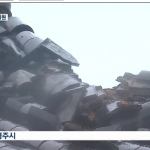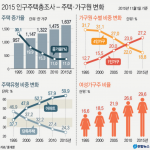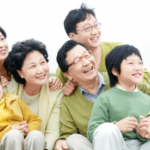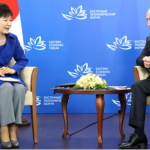September 18th 2016
KBS News
By Im Jongbin
Video at link
The earthquake made tiles come off the roof, which are now scattered here and there. The earthquake occurred six days ago now, but recovery is far from complete. Temporary tents have been erected [around the damaged buildings] to prevent water leaking into them.
Ee Chunhee (resident of Sajeong-dong in Gyeongju) said “natural disasters can’t be helped, but that fact that we have to make repairs yet again makes me worry about the future [because of the cost involved].” Immediately after the earthquake, the number of cultural properties which have been damaged increased from 23 cases to 60 cases. There are around 300 plastic tents covering varying public facilities [across the city], but only around half of them have first aid facilities. At the epicenter of the quake on the 14th damage injured anything from 29 to 48 people. As a result the government has authorised a special emergency grant of ₩4 billion to be sent to affected areas tomorrow to support emergency recovery. The disaster relief fund payments can be disbursed promptly from tomorrow as the [official] investigation into the incident is set to wrap up.
Analysis: while the nuclear diplomacy situation on the Korean peninsula remains extremely tense and garners the lion’s share of international media coverage, the earthquake which occurred in Gyeongju in North Gyeongsang province this week is still high on the domestic news agenda. Gyeongju is a site of enormous cultural and historic significance, where many houses are built in the traditional hanok style, and there are numerous museums housing extremely valuable artefacts. Koreans were extremely concerned about the earthquake as the country has been relatively tectonically stable in recent years, and the fact that the historical centre of Gyeongju was at its epicenter added significantly to their worries.




